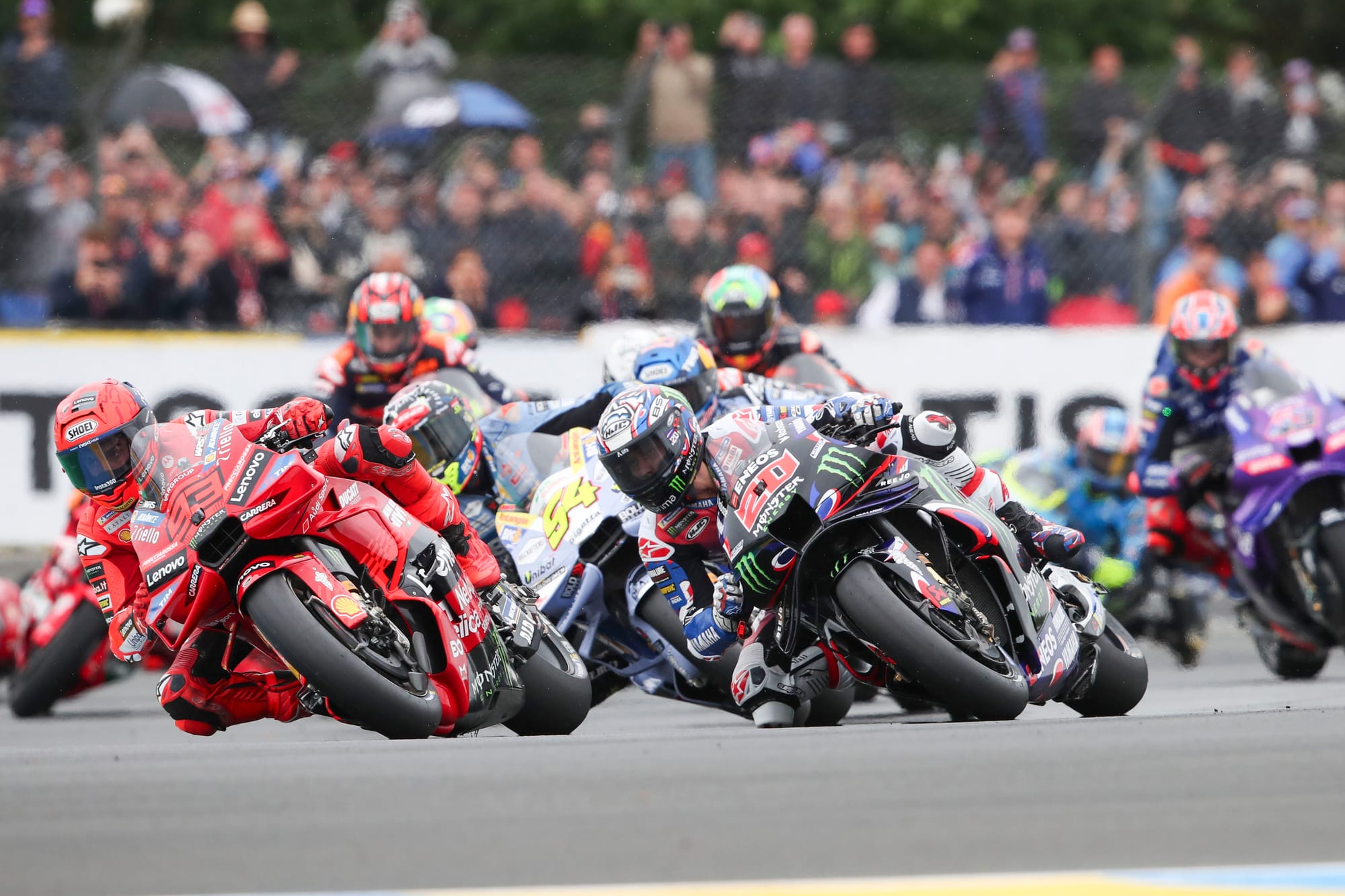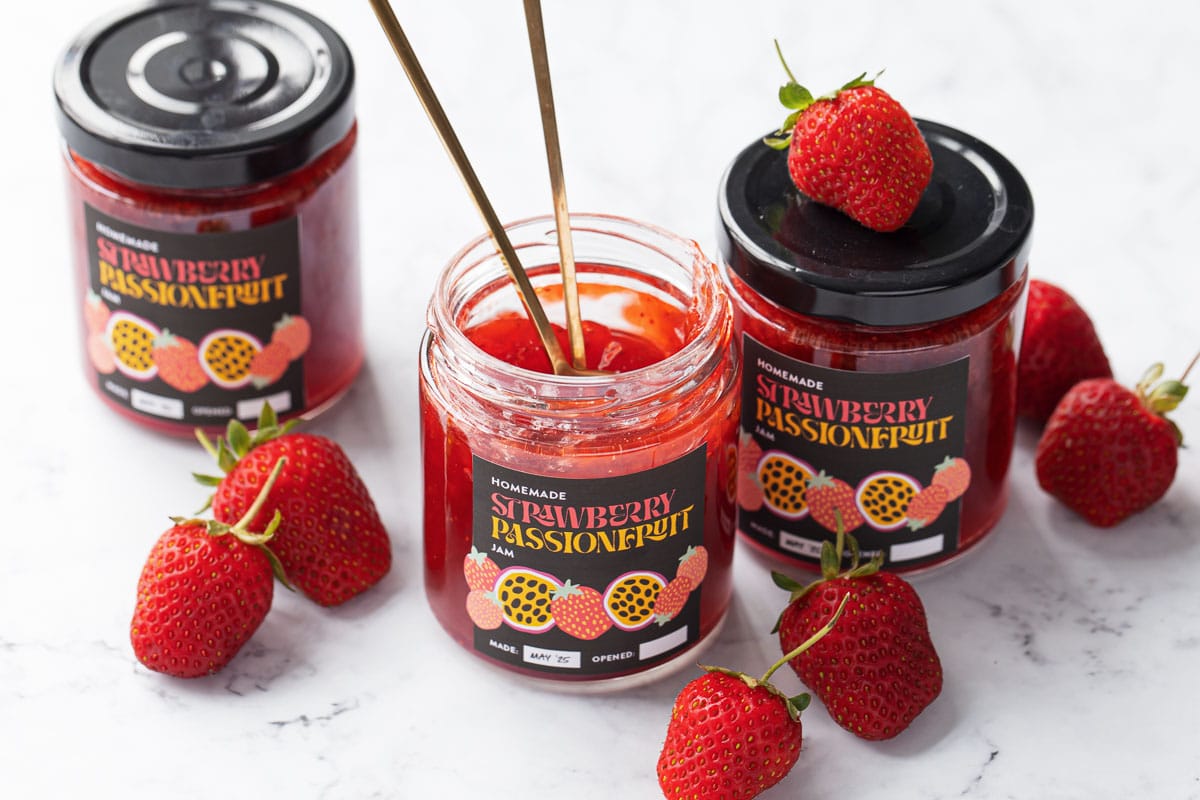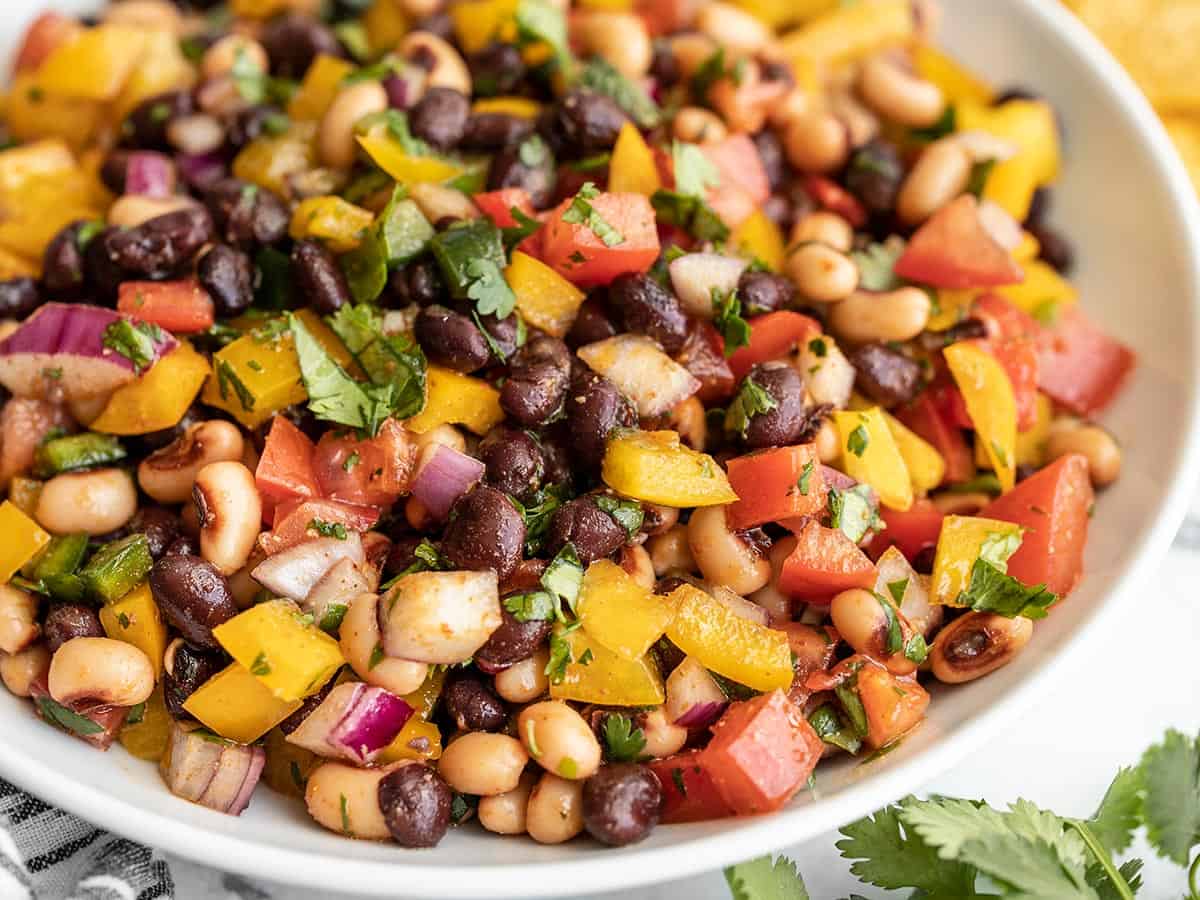Closures in JavaScript: Why one should know about them !
As a JavaScript developer, you've likely encountered the term closure. It might sound a bit abstract at first, but understanding closures in JavaScript is absolutely fundamental to writing efficient, maintainable, and powerful code. In this post, we'll demystify javascript closures, explore why they are so important, and see them in action. What Are Closures in JavaScript? How Closures Work Under the Hood At its core, a closure is a function that "remembers" its lexical environment – the variables that were in scope when the function was created. Even after the outer function has finished executing, the inner function retains access to these variables. Think of it as the inner function carrying a backpack containing the values from its birthplace. Let's illustrate this with a simple example: function outerFunction(greeting) { function innerFunction(name) { console.log(`${greeting}, ${name}!`); } return innerFunction; } const sayHello = outerFunction("Hello"); sayHello("World"); // Output: Hello, World! In this snippet, innerFunction forms a closure over the greeting variable from outerFunction. When outerFunction returns, the sayHello variable now holds a reference to innerFunction, which still "remembers" that greeting was "Hello". This is the magic of javascript closures in action! Why you should know about closures in JavaScript? Understanding closures isn't just an theoretical exercise; it's a practical necessity for several key reasons: Data Encapsulation and Privacy in JavaScript: Closures allow you to create private variables within a function's scope. By returning inner functions that can access but not directly modify these variables, you achieve a form of data hiding, crucial for building robust javascript applications. function createCounter() { let count = 0; return { increment: function() { count++; }, getCount: function() { return count; } }; } const counter = createCounter(); counter.increment(); console.log(counter.getCount()); // Output: 1 // You can't directly access or modify 'count' from outside Maintaining State Across Function Calls: Javascript closures enable functions to "remember" their state between invocations. This is incredibly useful for scenarios like creating counters, managing user sessions, or implementing stateful logic. Creating Flexible and Reusable JavaScript Functions: Closures allow you to generate customized functions. In our initial example, outerFunction acted as a factory for creating greeting functions with different initial greetings. This promotes code reusability and flexibility in your javascript projects. The Backbone of Asynchronous JavaScript: In the world of asynchronous javascript, closures are indispensable. Callback functions often need to access variables from their surrounding scope even after the asynchronous operation has completed. Promises and async/await under the hood also rely on the principles of closures. function delayedLog(message, delay) { setTimeout(function() { console.log(message); // This inner function closes over 'message' and 'delay' }, delay); } delayedLog("Hello after 2 seconds", 2000); Powering the Module Pattern in JavaScript: Closures are the foundation of the module pattern, a crucial design pattern for organizing javascript code into self-contained, reusable units, minimizing global namespace pollution and enhancing maintainability. Common Mistakes with JavaScript Closures The Loop and var Trap (Revisited with Emphasis): As we touched upon earlier, the interaction between closures and loops using var is a classic pitfall. Because var has function scope, variables declared within a loop are not scoped to each iteration. When a closure inside the loop tries to access these var declared variables later, it will invariably see their final value after the loop has completed. function createClickHandlersWithVar() { const buttons = []; for (var i = 0; i

As a JavaScript developer, you've likely encountered the term closure. It might sound a bit abstract at first, but understanding closures in JavaScript is absolutely fundamental to writing efficient, maintainable, and powerful code. In this post, we'll demystify javascript closures, explore why they are so important, and see them in action.
What Are Closures in JavaScript?
How Closures Work Under the Hood
At its core, a closure is a function that "remembers" its lexical environment – the variables that were in scope when the function was created. Even after the outer function has finished executing, the inner function retains access to these variables. Think of it as the inner function carrying a backpack containing the values from its birthplace.
Let's illustrate this with a simple example:
function outerFunction(greeting) {
function innerFunction(name) {
console.log(`${greeting}, ${name}!`);
}
return innerFunction;
}
const sayHello = outerFunction("Hello");
sayHello("World"); // Output: Hello, World!
In this snippet, innerFunction forms a closure over the greeting variable from outerFunction. When outerFunction returns, the sayHello variable now holds a reference to innerFunction, which still "remembers" that greeting was "Hello". This is the magic of javascript closures in action!
Why you should know about closures in JavaScript?
Understanding closures isn't just an theoretical exercise; it's a practical necessity for several key reasons:
- Data Encapsulation and Privacy in JavaScript: Closures allow you to create private variables within a function's scope. By returning inner functions that can access but not directly modify these variables, you achieve a form of data hiding, crucial for building robust javascript applications.
function createCounter() {
let count = 0;
return {
increment: function() {
count++;
},
getCount: function() {
return count;
}
};
}
const counter = createCounter();
counter.increment();
console.log(counter.getCount()); // Output: 1
// You can't directly access or modify 'count' from outside
Maintaining State Across Function Calls: Javascript closures enable functions to "remember" their state between invocations. This is incredibly useful for scenarios like creating counters, managing user sessions, or implementing stateful logic.
Creating Flexible and Reusable JavaScript Functions:
Closures allow you to generate customized functions. In our initial example,outerFunctionacted as a factory for creating greeting functions with different initial greetings. This promotes code reusability and flexibility in your javascript projects.The Backbone of Asynchronous JavaScript: In the world of asynchronous javascript, closures are indispensable. Callback functions often need to access variables from their surrounding scope even after the asynchronous operation has completed. Promises and
async/awaitunder the hood also rely on the principles of closures.
function delayedLog(message, delay) {
setTimeout(function() {
console.log(message); // This inner function closes over 'message' and 'delay'
}, delay);
}
delayedLog("Hello after 2 seconds", 2000);
- Powering the Module Pattern in JavaScript: Closures are the foundation of the module pattern, a crucial design pattern for organizing javascript code into self-contained, reusable units, minimizing global namespace pollution and enhancing maintainability.
Common Mistakes with JavaScript Closures
The Loop and var Trap (Revisited with Emphasis):
As we touched upon earlier, the interaction between closures and loops using var is a classic pitfall. Because var has function scope, variables declared within a loop are not scoped to each iteration. When a closure inside the loop tries to access these var declared variables later, it will invariably see their final value after the loop has completed.
function createClickHandlersWithVar() {
const buttons = [];
for (var i = 0; i < 3; i++) {
const button = document.createElement('button');
button.innerText = `Button ${i}`;
button.addEventListener('click', function() {
console.log(`Button ${i} clicked`); // Oops! Will always log 'Button 3 clicked'
});
buttons.push(button);
}
document.body.appendChild(buttons[0]);
document.body.appendChild(buttons[1]);
document.body.appendChild(buttons[2]);
}
// Note: This example requires an HTML environment to run properly
// createClickHandlersWithVar();
The Fix: Embracing let (and Sometimes IIFEs):
As we discussed, using let solves this elegantly by creating a new binding for i in each iteration:
function createClickHandlersWithLet() {
const buttons = [];
for (let i = 0; i < 3; i++) {
const button = document.createElement('button');
button.innerText = `Button ${i}`;
button.addEventListener('click', function() {
console.log(`Button ${i} clicked`); // Works as expected!
});
buttons.push(button);
}
document.body.appendChild(buttons[0]);
document.body.appendChild(buttons[1]);
document.body.appendChild(buttons[2]);
}
// Note: This example requires an HTML environment to run properly
// createClickHandlersWithLet();
Closures and Memory Leaks
Closures can inadvertently lead to memory leaks if they retain references to large objects that are no longer needed elsewhere in your application. This happens when the outer scope of a closure contains variables holding these large objects, and the inner function (the closure) remains accessible (e.g., attached as an event listener that isn't properly removed).
function createManager() {
const largeData = { /* ... a very large object ... */ };
const processData = function(item) {
console.log(`Processing: ${item} with ${largeData.someProperty}`);
};
return processData;
}
const dataProcessor = createManager();
// 'dataProcessor' now has a closure over 'largeData'.
// If 'dataProcessor' persists for a long time after 'largeData' is no longer needed,
// 'largeData' might not be garbage collected.
Advanced Use Cases of Closures
Creating Private Variables Using Closures
Closures in JavaScript let inner functions "remember" variables from their outer scope, even after the outer function finishes. We can leverage this to create private-like variables.
Here's the idea:
- Declare variables within the scope of an outer function.
- Define inner functions within that outer function that can access these variables.
- Return these inner functions.
The outer function's variables are now only accessible through the returned inner functions. The outside world cannot directly access or modify them, effectively making them "private".
function createCounter() {
let count = 0; // This variable is private
return {
increment: function() {
count++;
},
getCount: function() {
return count;
}
};
}
const myCounter = createCounter();
myCounter.increment();
console.log(myCounter.getCount()); // Output: 1
// console.log(myCounter.count); // Undefined - cannot access directly
Closures in Currying and Memoization
Currying
- What is currying: Transforming a function that takes multiple arguments into a sequence of functions that each take a single argument.
- How closures are used: Each intermediate function returned in the currying process closes over the arguments provided in the previous steps. This allows the function to "remember" these arguments until the final argument is provided and the original function can be executed.
function multiply(a, b, c) {
return a * b * c;
}
function curryMultiply(a) {
return function(b) {
return function(c) {
return multiply(a, b, c); // Inner functions close over 'a' and 'b'
};
};
}
const step1 = curryMultiply(2);
const step2 = step1(3); // step2 closes over 'a' (2) and 'b' (3)
const result = step2(4); // Executes multiply(2, 3, 4)
console.log(result); // Output: 24
Memoization
- What is memoization: Optimizing functions by caching the results of expensive function calls and returning the cached result if the same inputs occur again.
- How closures are used: A closure is typically used to create the cache (an object or map) within the memoizing function. The returned memoized function closes over this cache. This allows the memoized function to retain and access the cached results across multiple calls.
function memoize(func) {
const cache = {}; // Cache is within the scope of the memoize function
return function(...args) {
const key = JSON.stringify(args);
if (cache[key]) {
return cache[key]; // Return cached result
}
const result = func(...args);
cache[key] = result; // Store result in the cache
return result;
};
}
function expensiveOperation(n) {
console.log("Performing expensive operation for", n);
return n * n;
}
const memoizedExpensive = memoize(expensiveOperation);
console.log(memoizedExpensive(5)); // Expensive operation performed, output: 25
console.log(memoizedExpensive(5)); // Cached result returned, output: 25
Resources to Learn More
Your experiences and questions can help others learn too. Join the conversation! Leave a comment with your insights on JavaScript closures.









































































